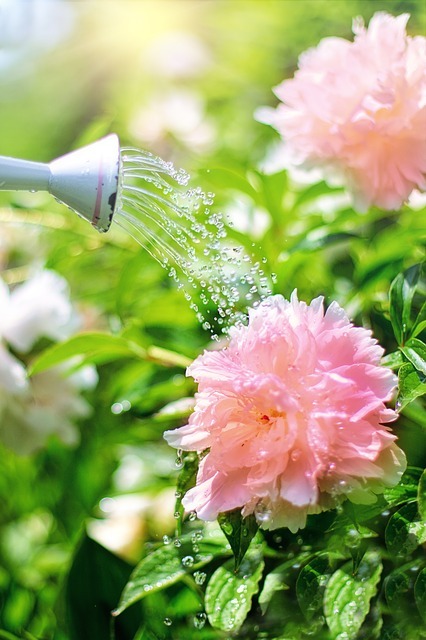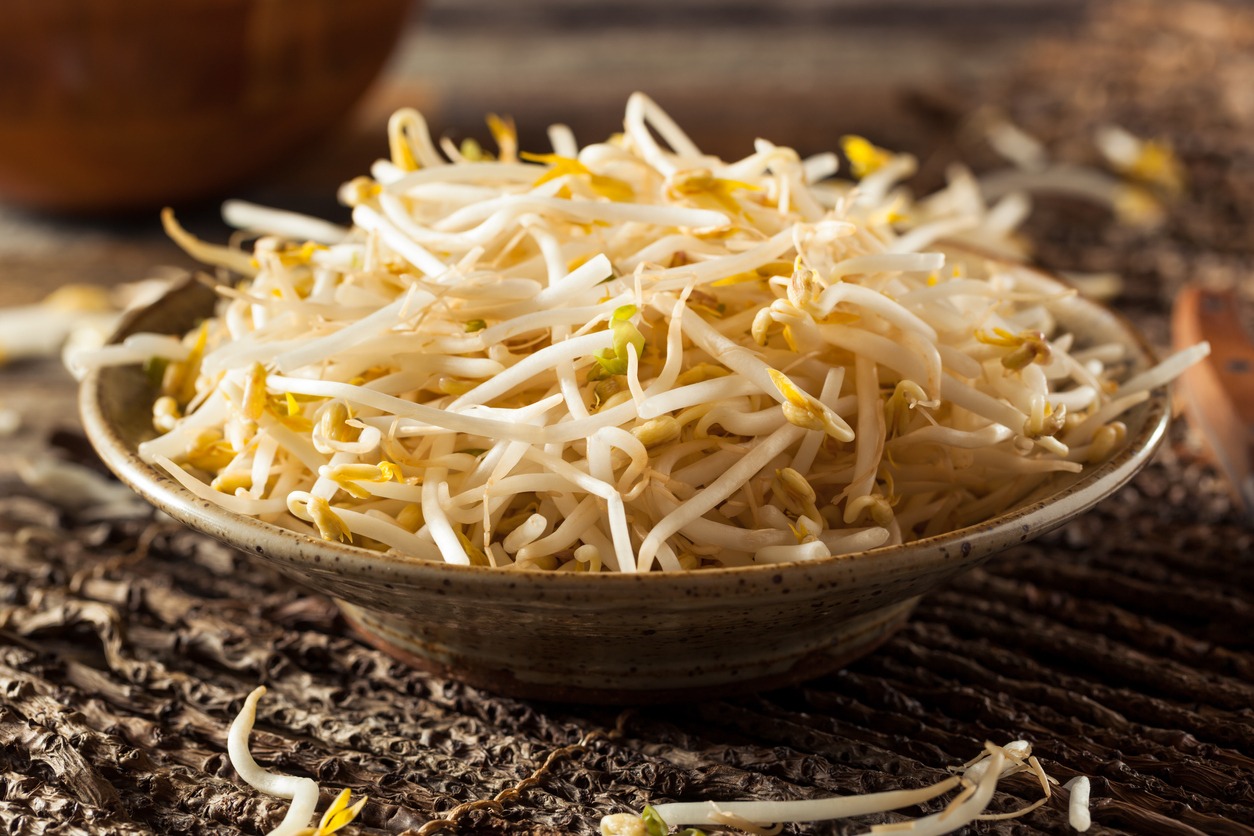How to Fertilize Tomatoes for a Thriving Garden Harvest
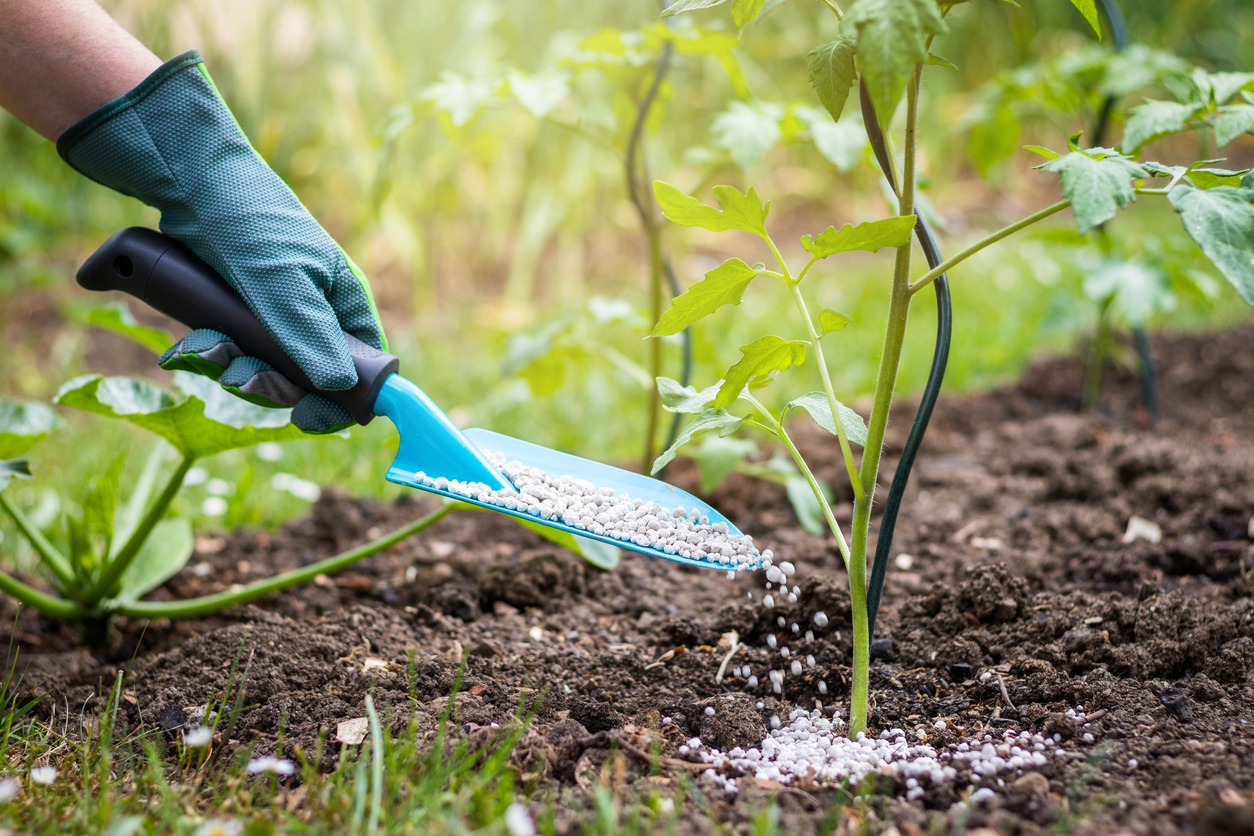
Tomatoes are among the most rewarding plants to grow, offering delicious fruit that enhances any meal. However, achieving a thriving tomato harvest requires more than just planting seeds and watering regularly. Fertilization plays a critical role in supporting healthy growth and maximizing your yield. In this guide, we’ll explore everything you need to know about fertilizing tomatoes, from understanding their nutritional needs to avoiding common mistakes.
Understanding Tomato Nutrient Requirements
Tomatoes thrive when provided with the right balance of nutrients. The three key nutrients every tomato plant needs are nitrogen (N), phosphorus (P), and potassium (K). Each plays a specific role in plant growth and development:
- Nitrogen promotes healthy leaf and stem growth, which is vital during the early stages of a tomato plant's life. A strong vegetative structure provides the foundation for supporting future flowers and fruit.
- Phosphorus is essential for robust root systems, which allow plants to absorb water and nutrients efficiently. It also supports flowering and fruit production, making it critical during the flowering stage.
- Potassium boosts overall plant health, improving a tomato plant's ability to resist diseases, tolerate stress, and produce high-quality fruits.
To ensure your plants can absorb these nutrients effectively, aim for soil with a pH between 6.0 and 6.8. Soil that’s too acidic or alkaline can limit nutrient availability, no matter how much fertilizer you add. If the pH is off, nutrients such as calcium and magnesium may become unavailable to plants, even if they are present in the soil.
Regular soil testing is essential to identify deficiencies or pH imbalances. Testing kits are inexpensive and can provide valuable insights into the state of your soil. A proactive approach can save you from wasted fertilizer and help you create the ideal growing environment for your tomatoes.
Additionally, watch out for signs of common nutrient deficiencies:
- Calcium deficiency often leads to blossom end rot, characterized by blackened or sunken spots on the bottom of fruits. This problem is exacerbated by irregular watering or highly acidic soil.
- Magnesium deficiency appears as yellowing between the veins of leaves while the edges remain green. This can slow down photosynthesis and weaken the plant.
Understanding these basics ensures that you’re prepared to meet your tomatoes’ specific nutrient needs throughout their lifecycle.
Preparing Soil for Tomato Plants
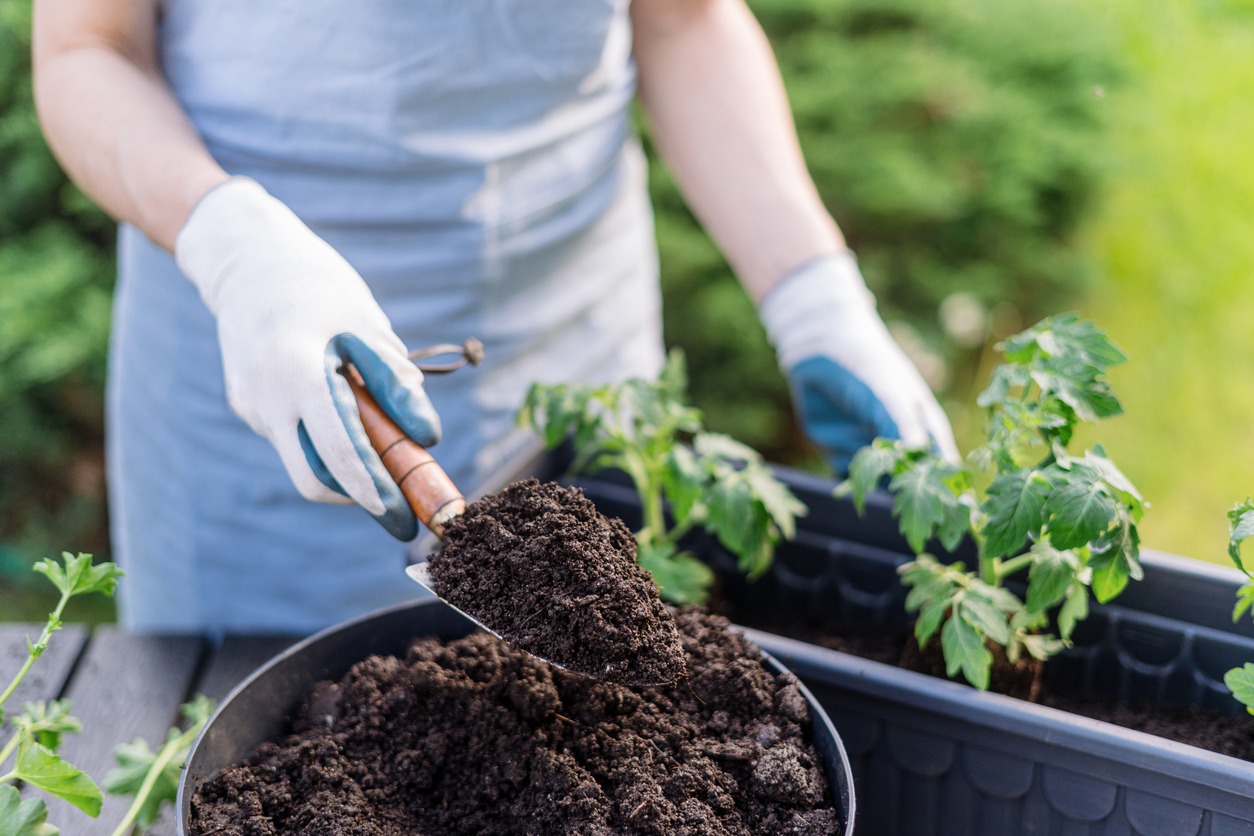
Healthy tomatoes start with healthy soil. Before planting, it’s important to invest time in preparing the soil to create a nutrient-rich foundation that supports vigorous growth.
Test and Adjust Soil pH
The first step in soil preparation is to test its pH. Use a home soil test kit to measure acidity or alkalinity. If your soil is too acidic (below 6.0), you can raise the pH by incorporating agricultural lime. On the other hand, if the soil is too alkaline (above 6.8), sulfur or peat moss can help lower it. Maintaining the correct pH is crucial because it directly affects how well your plants can absorb nutrients from the soil.
Enrich with Organic Matter
Incorporating organic matter, such as compost, aged manure, or leaf mold, into the soil is essential for improving soil structure. Organic matter enhances moisture retention, promotes aeration, and provides a slow release of nutrients over time. A well-amended soil also encourages beneficial microbial activity, which helps break down organic materials into nutrients that plants can easily absorb.
Improve Drainage
Tomatoes dislike waterlogged roots, as excess moisture can lead to root rot and other diseases. If your soil has heavy clay content, consider creating raised beds or loosening the soil to a depth of 8–12 inches. Adding materials like sand or perlite can also improve drainage while maintaining soil aeration.
Pre-Plant Fertilization
Before planting, mix a slow-release fertilizer with higher phosphorus content (e.g., 5-10-5) into the soil. This step ensures your tomatoes have access to the nutrients they need as they establish themselves in the garden. Apply the fertilizer according to package instructions, mixing it thoroughly into the top 6 inches of soil.
Choosing the Right Fertilizer
Not all fertilizers are created equal, and the best choice depends on your soil's existing conditions, the stage of plant growth, and your gardening preferences.
Fertilizer Types
- Balanced Fertilizers: Formulas like 10-10-10 or 12-12-12 provide an even distribution of nitrogen, phosphorus, and potassium. These are great all-purpose options, especially during the early stages of growth.
- Phosphorus-Rich Fertilizers: Products like 5-10-5 are ideal during flowering and fruiting stages when tomatoes require extra phosphorus to produce healthy, abundant fruit.
- Organic Options: Compost, bone meal, fish emulsion, and kelp meal are excellent natural choices. These fertilizers not only provide nutrients but also improve soil health over time by promoting microbial activity.
Customizing Fertilization
Choose a fertilizer that aligns with your goals. If your soil test reveals deficiencies in specific nutrients, you can select products tailored to address those gaps. For example, if your soil lacks potassium, supplement with a potassium-rich fertilizer like sulfate of potash.
Avoid Over-Fertilization
Applying too much fertilizer, particularly nitrogen, can lead to vigorous foliage at the expense of fruit production. Excessive fertilizer can also burn roots and alter soil pH, making it less hospitable for your plants. Always follow package instructions carefully to avoid these issues.
Fertilizing Seedlings and Transplants
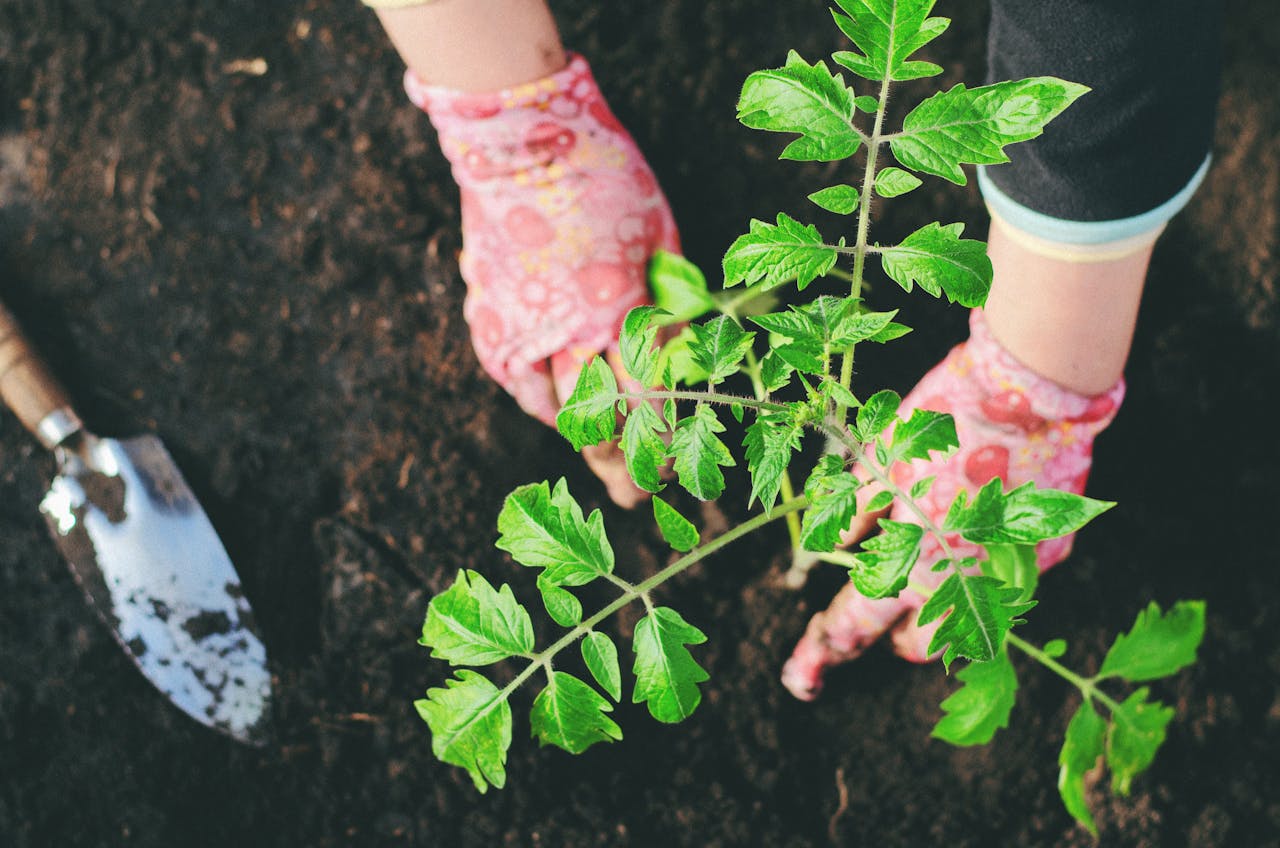
Tomato seedlings and transplants require extra care and targeted fertilization to establish themselves successfully.
For Seedlings
When your seedlings have developed two sets of true leaves, begin feeding them with a diluted, balanced liquid fertilizer. This ensures they receive the essential nutrients for strong early growth without overwhelming their delicate roots. Use a fertilizer with a low concentration of nitrogen to prevent excessive leaf growth at this stage.
For Transplants
During transplanting, mix a slow-release organic fertilizer, such as compost or bone meal, into the planting hole. This provides a steady supply of nutrients as the plants adjust to their new environment. A small handful of fertilizer is often enough for each hole, but be sure to avoid direct contact with the plant roots to prevent burn.
Post-Transplant Care
After planting, water the transplants with a diluted liquid fertilizer to help them settle in. Target the root zone to ensure the nutrients reach the developing roots. Avoid applying fertilizer directly to stems or leaves, as this can cause burns and reduce the plant’s overall vigor.
Feeding Growing Tomato Plants
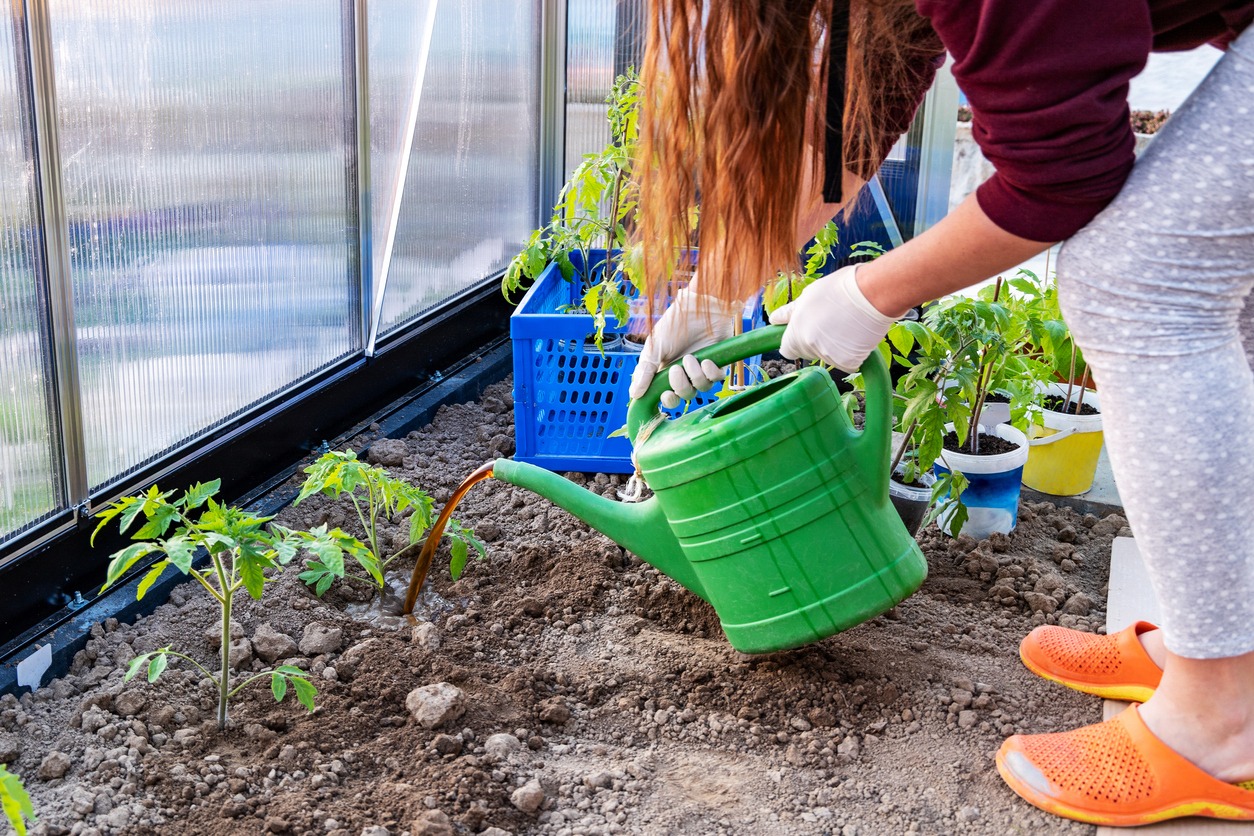
As tomato plants mature, their nutritional needs change. To keep them thriving, it’s important to adjust your fertilization strategy throughout the growing season.
Regular Feeding Schedule
- Apply a slow-release granular fertilizer every 4–6 weeks. This provides a consistent supply of nutrients and reduces the risk of over-fertilization.
- Supplement with liquid fertilizers every 2–3 weeks. Liquid fertilizers are quickly absorbed and can be used to give plants a boost during critical growth periods, such as flowering and fruiting.
Focus on Phosphorus and Potassium
During flowering and fruiting, switch to fertilizers with higher phosphorus and potassium content. These nutrients encourage the development of strong flowers, vibrant fruits, and overall plant resilience.
Monitor for Deficiencies
Keep an eye on your plants for signs of nutrient deficiencies. Yellowing leaves, weak stems, or poor fruit production can signal a lack of essential nutrients. Address issues promptly to avoid long-term damage.
Maintain Proper pH
Test your soil regularly to ensure it stays within the ideal pH range of 6.0–6.8. This allows your plants to absorb nutrients efficiently and prevents problems associated with nutrient lockout.
Organic Fertilizer Options
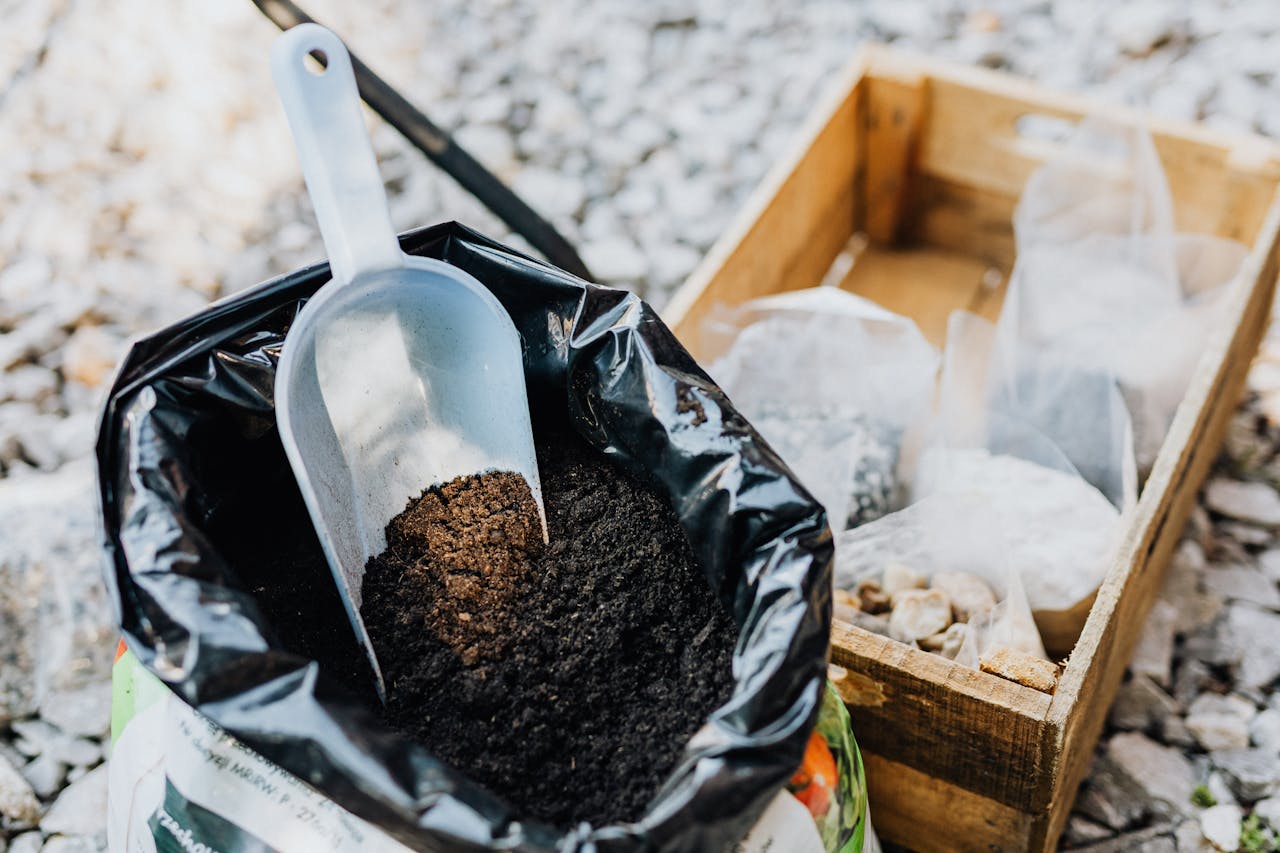
For gardeners who prefer sustainable practices, organic fertilizers are a fantastic alternative to synthetic products. They not only feed your plants but also enrich the soil for future gardening seasons. Here are some popular options:
- Compost: A balanced soil amendment that improves structure, retains moisture, and supplies nutrients gradually.
- Bone Meal: Rich in phosphorus, bone meal promotes strong root growth and healthy flowering.
- Fish Emulsion: This liquid fertilizer is packed with nitrogen, making it perfect for the early growth stages of tomato plants.
- Kelp Meal: Provides essential micronutrients and growth hormones that enhance plant resilience and productivity.
- DIY Fertilizers: Create your own fertilizers using items like eggshells (for calcium) or banana peels (for potassium).
Fertilizing Container-Grown Tomatoes
Tomatoes grown in containers have unique needs due to their limited soil volume. Nutrients are quickly depleted, so frequent replenishment is essential.
Frequent Feeding
Feed container plants every 2–3 weeks with a water-soluble fertilizer. This ensures they receive a consistent supply of nutrients. Use a fertilizer specifically designed for vegetables to meet their specific needs.
Prevent Salt Buildup
Salts from fertilizers can accumulate in container soil over time, potentially harming your plants. Flush the soil with plain water every few weeks to remove excess salts and maintain a healthy growing environment.
Monitor Soil Moisture
Containers dry out faster than garden beds, which can lead to nutrient imbalances. Water regularly to keep the soil evenly moist, especially after applying fertilizer.
Companion Practices for Fertilizer Success
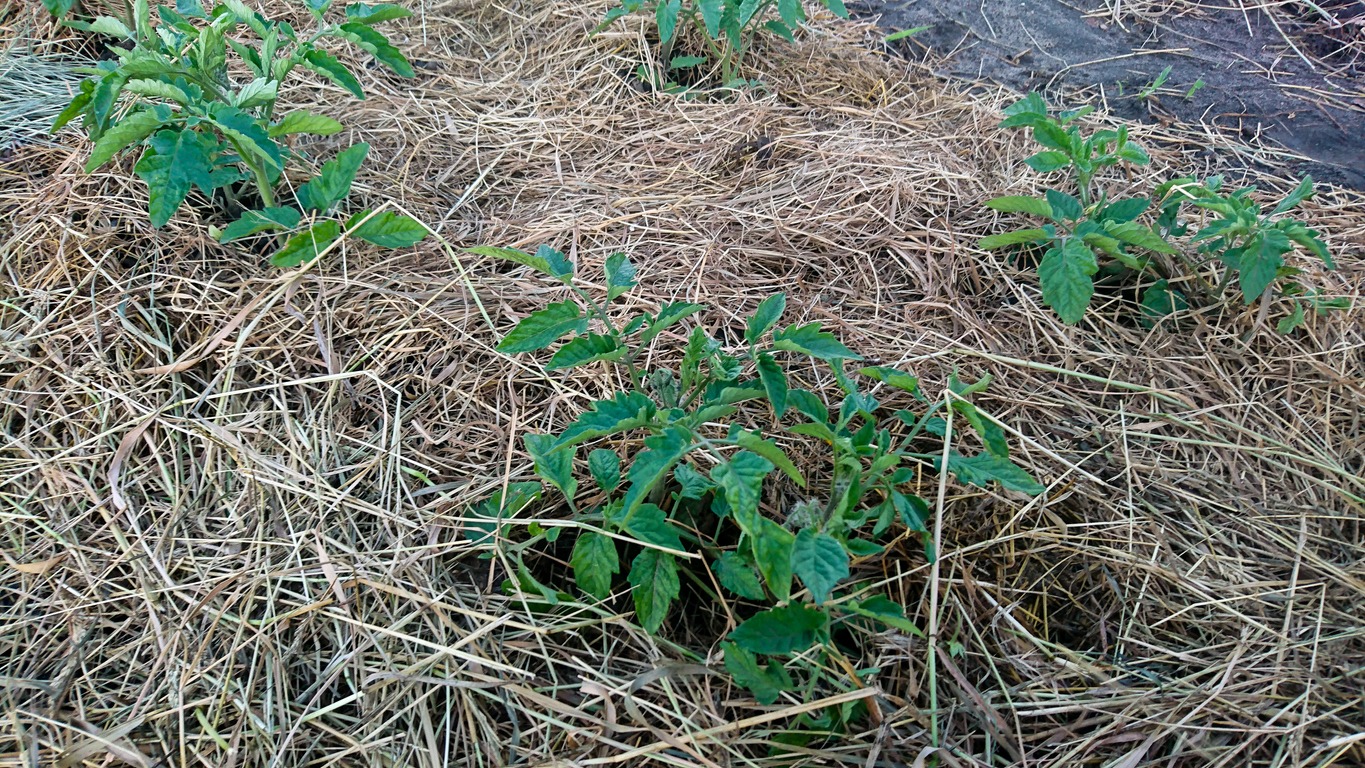
Fertilization is most effective when paired with complementary gardening practices:
- Mulching: Retain moisture, regulate soil temperature, and reduce weed competition by applying a layer of organic mulch around your plants.
- Crop Rotation: Planting tomatoes in different locations each year helps prevent soil depletion and reduces the risk of disease.
- Companion Planting: Pair tomatoes with basil, marigolds, or garlic to deter pests and improve growth conditions.
Common Fertilization Mistakes
Avoid these common errors to keep your tomato plants healthy and productive:
1. Over-Fertilizing Excess fertilizer can cause excessive foliage growth at the expense of fruit production. It can also lead to root burn and nutrient imbalances.
2. Improper Placement Fertilizer applied too close to the stem can damage roots and reduce plant health. Always distribute fertilizer evenly around the root zone.
3. Neglecting Soil pH Even with proper fertilization, an imbalanced pH can prevent plants from absorbing nutrients effectively.
4. Using the Wrong Fertilizer High-nitrogen fertilizers may be helpful during the vegetative stage but can inhibit flowering and fruiting if used later in the season.
Conclusion
Fertilizing tomatoes doesn’t have to be complicated. By understanding your plants’ needs, preparing nutrient-rich soil, and using the right fertilizers at the right times, you’ll be well on your way to a thriving harvest. Combine these practices with regular monitoring and organic techniques to enjoy delicious, homegrown tomatoes all season long. Now, it’s time to roll up your sleeves and get growing!


